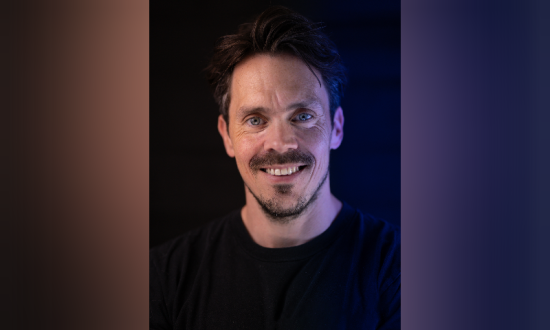Roel Timmermans is a passionate advocate for fostering positive workplace cultures, nurturing high-performing teams, and cultivating exceptional leadership qualities. With a background in marketing, having worked for small start-ups to scale-ups to big-name brands like Heineken, EssilorLuxottica (Ray-Ban), Roel possesses a deep understanding of the practices that undermine employee morale and engagement as well as what setups, mindsets, and leadership attributes contribute to organisational success. On LinkedIn, he advocates this positive work culture daily.
“Things are changing. They’re changing fast.”
“We have to focus on innovation, and we need to be flexible.”
“We need to be consumer-obsessed and evolve along with them.”
Things we hear a lot within big companies. No doubt, the realisation of having to evolve is there. We can no longer keep doing what we did to get what we got.
Change as event
However, change is too often being seen as an event and not as a skill. Every couple of years, perhaps with the change of higher management and a new view on the company strategy is presented, and off we go. Sail is set, and we’re steering towards goals.
In those situations, we see change as an event. Something happened in the past; we look at the results, we see a possibility to change direction, we make the changes, and then expect the results to come.
Change as skill
If we look at change from a different perspective, however, we can also start looking at it as something that should be embedded in the organisation. Look at change as a skill you can practise.
We all know that change can come rapidly. In November 2022, I was running a creative team in a big corporate multinational. Quite often, we had conversations on how AI might take over work in the future. Our assumption: creative people were safe.
AI is great at doing things that require formulas, at things that can be automated, at repeatable tasks. It surely could not do something that requires a spark of inspiration, a whip of the pen, a creative vision.
On the 30th of that month, ChatGPT launched. Those conversations? Straight to trash.
Copywriters, authors, and ad copy specialists…. were stressed out. The change came at an unpredicted pace.
Fragile thinking
What made everyone freak out? They’re previous fragile thinking. If you assume work, processes, and solutions next year will be as they are today or as they have been the past x years, you’re building a fragile company.
When change comes, you’ve set yourself up as a jumbo jet trying to compete in an air race.
Set yourself up to be antifragile
When you start looking at your company as something where you cannot plan for everything, let alone define every single task into perfectly mapped processes, you’re taking a step towards anti-fragility. When companies start looking at employees as problem solvers instead of production units, they take a step in the right direction.
Let go of the waterfall approach of running a business and start embracing a more agile approach.
How?
Start focussing more on impact; what problem is it that you want to provide a solution to? Then, start focusing on the outcome, not just the output.
Whenever you focus on output, you’re forgetting to actually solve a problem.
Look back at Kodak. They were among the first to develop a digital camera, but they were reluctant to see this as a better solution to the problem they were solving: visually capturing memories.
If they were set up in a manner that would have employees focus more on the outcome, they would most likely start focusing on improving that first digital camera. After all, most likely, the first conclusion would have been:
- It visually captures memories
- It’s faster from capture to share
- It lowers the amount of failed attempts
- There’s no more need to carry additional products (film)
But instead Kodak remained focussed on what it proved to be efficient in, what it built processes and factories for. It focussed on output.
Most companies nowadays are very complex in terms of setup, problems they tackle and predictability of the business they’re in. The issues they solve often cannot simply be broken down into very definable What, Who, How’s.
In those cases, you can plan all you want but the only thing you can be sure of, is the fact that the plan will never reach its deadline, budget or quality level.
If you cannot answer those three points, you’re better off setting your company up for non-linear change.
Agility
Start embedding a culture that allows for more agility. Build a culture that allows people to feel safe, to feel valued, and to feel like they are contributing.
Doing so will make sure you have a culture that will engage people to come up with better ways to provide the impact you wish to make. To not be focused on merely delivering what is asked of them.
It will also speed up your rate of innovation allowing you to become more flexible and thereby become less fragile.
If a big change is to come, you now have a team that simply sees this as another problem to solve, by breaking it down into bits, providing solutions rather than refitting a product to a new use case. An anti-fragile team also will not need to completely change their way of working to whatever management will come up with.

